
Why You Should Avoid No-reply Email Addresses And What To Use Instead
Noreply email addresses – are they a friend or foe? Many businesses use this email address format to keep their mailbox under control, but marketers have started to doubt this choice.
Step into your customers’ shoes for a moment. Let’s imagine that you’ve received a promotional campaign from a brand offering you a discount. However, some of the information is unclear, and you need clarification before you claim your coupon. You’re responding to the email, but you get a non-delivery notification in return. How would you feel? Well, we bet you’d dislike it!
In this guide, we’ll explain:
- why this email marketing practice is not as efficient as it seems
- how it can hurt your email deliverability and customer experience
- tips on finding alternatives to no-reply addresses.
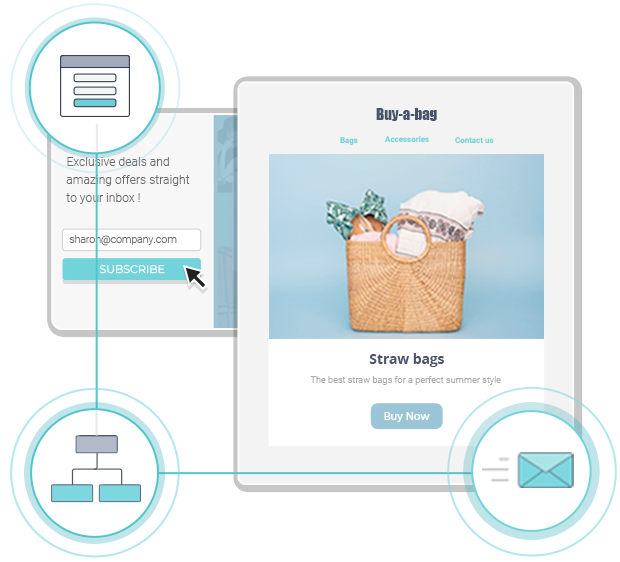
The easiest and most affordable email marketing and newsletter software!
What Is A Noreply Email Address?
In short, it’s an email address with the format [email protected]. Organizations use it to prevent their subscribers from responding to transactional emails or promotional campaigns to keep their mailbox clean.

For example, Goodreads uses this format for campaigns with reading suggestions to subscribers. Even though keeping this address style for similar automated and transactional emails makes sense, it can cause hazards in some instances. We’ll explore the reasons below.
What Happens if you Respond to a No-Reply Email?
If a customer replies to an incoming mail from a no-reply email address, they’ll either receive a non-delivery notification or no reply at all. As you may understand, this can be disappointing for them and can also harm your email marketing activities in various ways.
The Drawbacks Of Noreply Emails
So what do you miss out on when communicating with your customers through “do not reply” email addresses? Let’s see:
Your Email May End Up In Spam Folder
Many email service providers (ESPs) and ISPs use spam filters to send emails from no-reply addresses directly to the spam/junk folder. Plus, specific security settings can cause the same result. If this keeps happening, it will finally decrease your open rates and ultimately hurt your email deliverability.
Over time, this will harm your sender’s reputation and, subsequently, your email marketing efforts, as you won’t be able to get the leads you need to see an increase in conversions and sales.
Want to ensure that your deliverability score remains high against all odds? Check our infographic below to bring the best possible results.
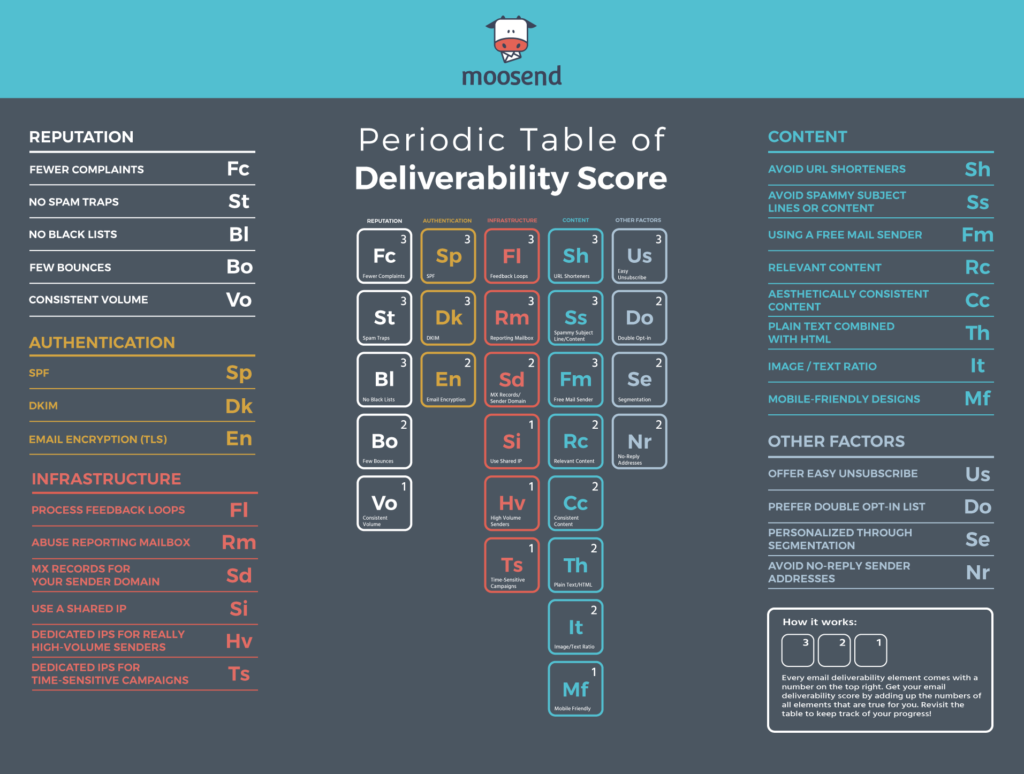
You Offer A Poor Customer Experience
If you have a noreply address and customers get no answer when they respond to a message you’ve sent, they’ll probably feel ghosted or frustrated over non-delivery notifications. In the best-case scenario, they’ll search for your contact information online to reach out, but how efficient and customer-oriented is this practice?
As you may understand, no-reply addresses can cause bittersweet emotions to customers who trust you and damage customer experience. And ultimately, this can also hurt your brand reputation, with all the consequences that come with it.
You Put Email Engagement At Risk
Email engagement is all you need to achieve your email marketing objectives, including high open and click-through rates. But if you use a no-reply email address, do you really let your subscribers engage with you? We doubt that!
This is a red flag for your relationship marketing activities, too. Instead, it’d be more beneficial for your brand to show your customers that your door is always open for them. Make them trust you and enable them to contact you whenever they need or want to.
You Miss Out On Customer Feedback
When customers hit the reply button, they often have something meaningful to share with a brand. For instance, they may have a question about your products/services that may prevent them from completing their purchase. Or they may want to provide you with valuable feedback that can improve your offers.
By blocking two-way communication, it’s possible to lose great opportunities to build a better customer experience and products/services everyone will love. And that’s a pity!
You Skip Over GDPR Compliance Rules
Last but not least, no-reply email addresses don’t quite agree with GDPR compliance rules. In some countries, this practice is even considered to be illegal. If someone wants to unsubscribe from your list, they should be able to do so in the simplest steps possible. If they miss the unsubscribe link, they may flag you as spam or block you as a sender.
To avoid conflicts with privacy issues, it’s best to allow email responses and always remember to remove the email accounts from the email lists for relevant requests. As a bonus, healthy email lists will also contribute to a high email deliverability rate.
How To Ditch Your Noreply Email Address Once And For All
In a nutshell, noreply email addresses can turn into a big pain for businesses and cause more trouble than relief, putting customer engagement and deliverability at stake.
So what email address types can you use for your email marketing campaigns? Additionally, what steps should you follow to avoid filling your mailbox with unnecessary emails but keep open communication with your audience at the same time? Let’s have a look:
1. Select A Valid “From” Adress
Think about the alternatives you have for your sender name to get rid of no-reply addresses. The first rule is that it should look like a real email address, including your company domain name, to avoid being filtered as spam by ESPs. For example, at Moosend, we often use [email protected] for emails sent in bulk.
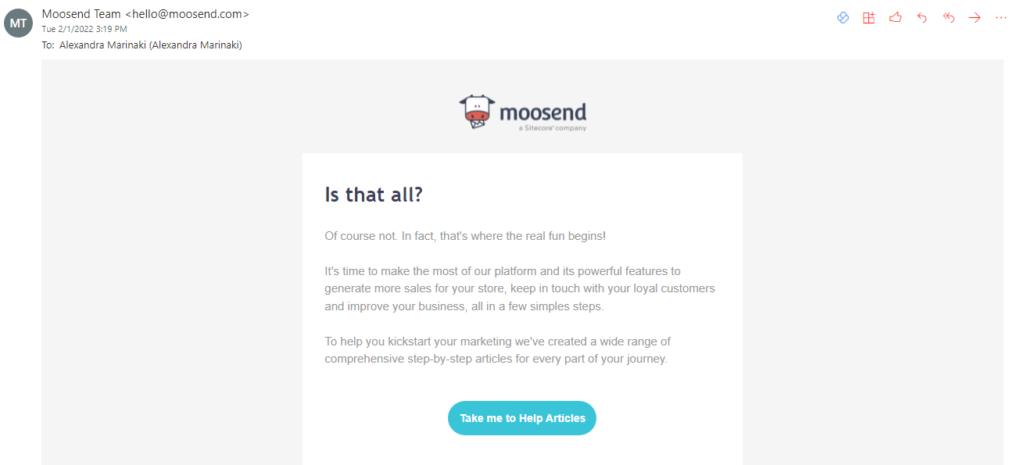
Overall, you can use different email addresses for different purposes or company segments. For example, you can use a separate support email address with the format [email protected].
If you want to ensure that incoming mails with questions and feedback end up in safe hands and customer requests get handled asap, create a dedicated email address for those replies. Email marketing services like Moosend or Brevo allow you to add different addresses as the “From name” and “Reply to” to achieve that.
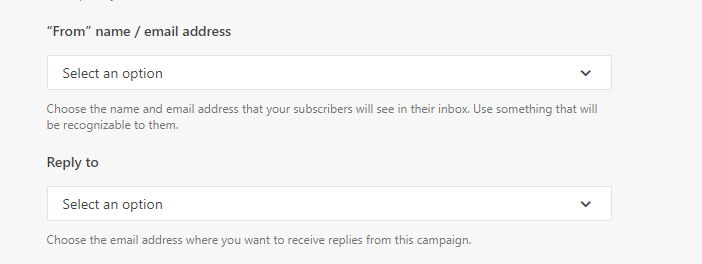
Finally, remember to follow the ultimate email marketing rule – the more personalized your emails, the better! If you want to boost personalization, you can use an email address with the name of a real person from your team members followed by your domain name. If you combine it with a personalized subject line, you can bring maximum results.
2. Include Useful Resources Inside Your Campaigns
Suppose you want to be ahead of your customers for certain matters to diminish unnecessary email replies. In that case, you can include a series of valuable resources, such as an FAQ section, reviews, or contact information on the email footer of your campaigns. You can also add links to your social media, such as LinkedIn or Twitter to take your conversation there, especially if you regularly update them.
Look at this abandoned cart email by Dyson, including a “Contact Us” button and helpful information for the subscriber. You can also add a link to your Help Center:
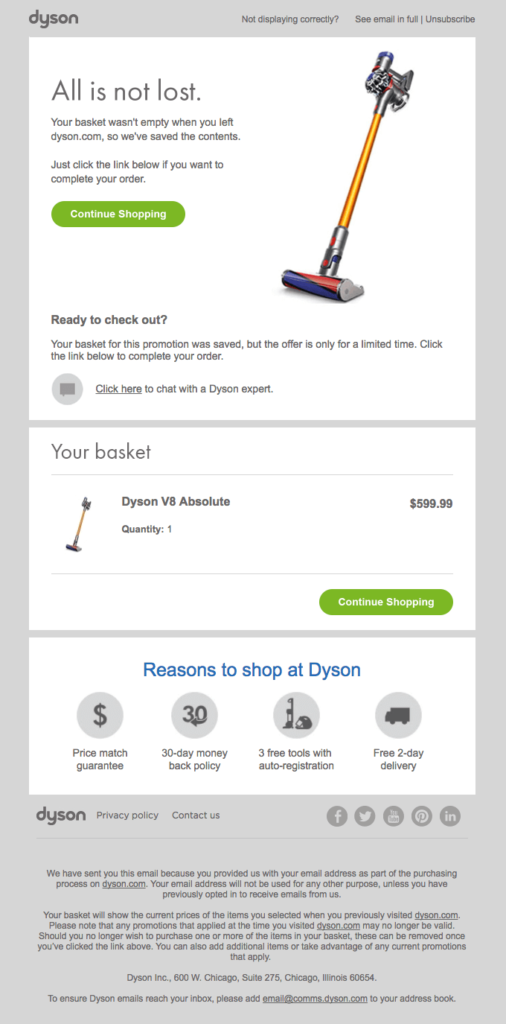
You can also create an auto-reply message with content crafted based on previous customer feedback.
3. Filter Out Autoresponder Emails
However, we totally understand that you want to prevent certain emails from landing in your mailbox, especially automated replies like out-of-office replies. You can filter out those automated responses to avoid cluttering your mailbox that can cause friction to your workload.
Most email clients, such as Gmail or Outlook, let you set up email filters in simple steps. So don’t discourage your customers from reaching out to you for the wrong reasons, as they may have something important to share.
4. Provide Customer Support Throughout The Journey
Customer support plays a huge role in responding to all kinds of customer requests. They can also give a helping hand for questions that occur concerning marketing or transactional emails. For example, they can collect those inquiries to determine if something is missing during the customer journey that causes frustration to buyers to tackle them effectively.
If you want to forward those requests to support agents to act fast, you can add the customer support address as a reply-to option to handle these matters the best way possible. Moreover, keep in mind that customer support tools have more advanced filtering capabilities to get rid of unwanted emails faster.
The Takeaway
Long story short, if you don’t want some of your best emails to end up in the spam folder, consider replacing noreply email addresses asap!
Switch to more personalized email addresses that look like they’re sent from real people. This way, you encourage your customers to engage and communicate with you if they wish, reinforcing a spot-on customer experience.
Looking for an all-in-one marketing solution to streamline your marketing efforts? Join Moosend and get some of the best email features out there to revive your email marketing game. Try it today for free!




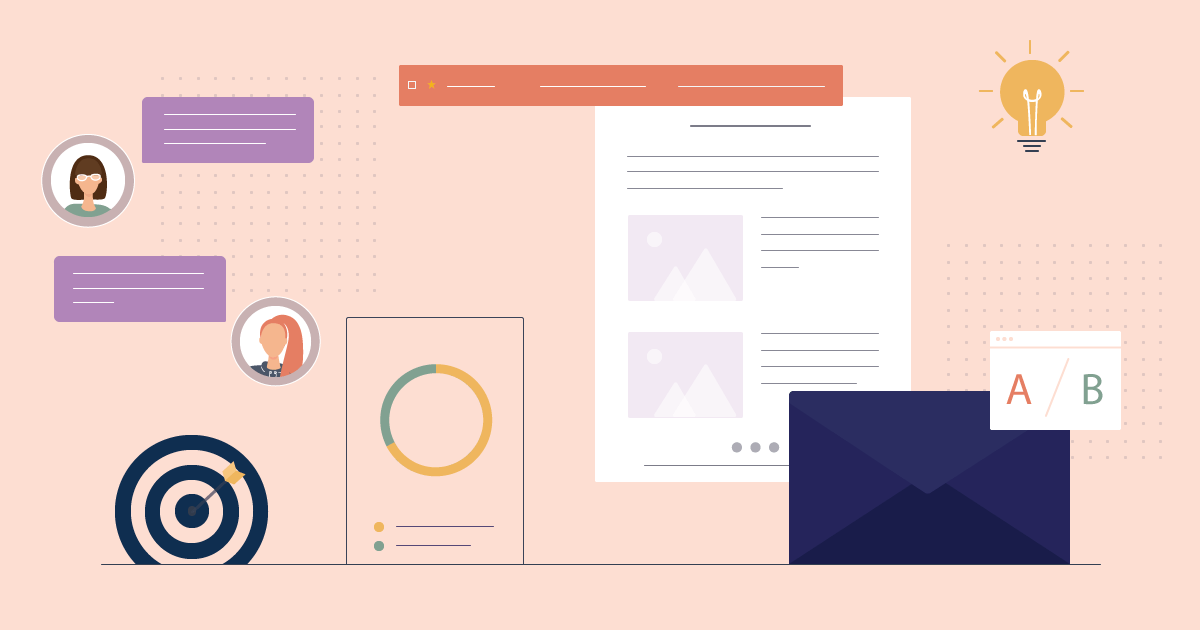
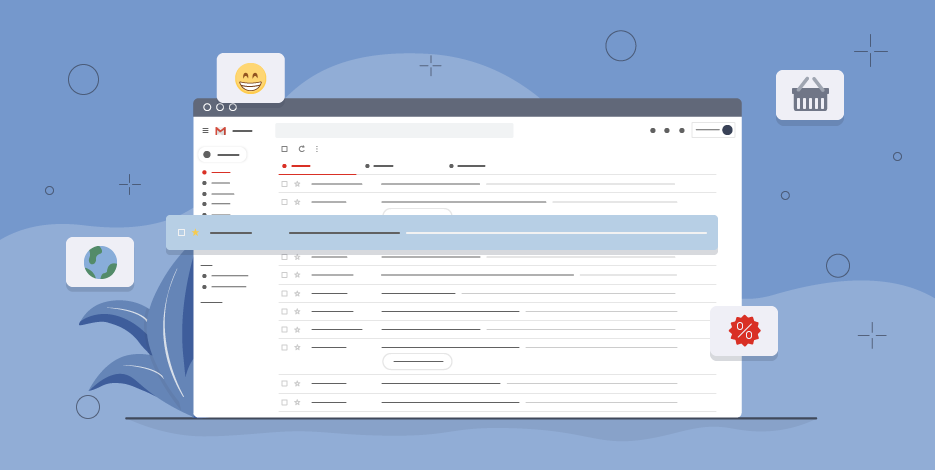
 Published by
Published by